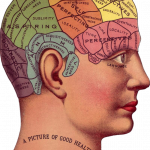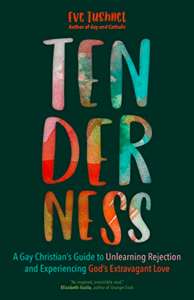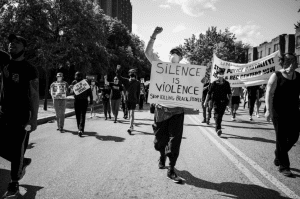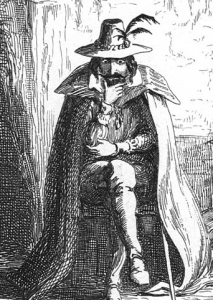There’s a real gap in understanding, I find, between most straight Catholics’ experience of Catholic attitudes toward LGBTQ people, and queer Catholics’ own experiences of the same thing. And it has very little to do with deliberate prejudice, I think. It’s a disconnect caused by a failure of imagination.

Imagination tends to be thought of as a gooey sort of thing. Artists, poets, authors, fans of fantasy and sci-fi—in a word, nerds—imagine stuff. Nerds and children. But I’m not talking about imagination in any rarefied or artistic sense: I mean simply the human capacity to picture things that aren’t immediately present to our senses, and think rationally about them. (1) Most straight Christians, in my experience, don’t actually do that about queerness. Not that I can judge too sternly; it’s only in the last two or three years that I had the presence of mind to even try seriously to imagine what it’s like to be female or a person of color, as an exercise in deliberate empathy. But my experience as a gay man did, finally, help me start doing that, because one of the salient facts about that experience is that you’re considered other.
Our culture tends (and tended even more strongly in past generations) to treat the experience and perspective of straight white males as the default, and all other experiences as divergences from it, or variations on it. “Straight white male” is considered central, and other experiences are, well, others. These others aren’t necessarily thought of as defective or negative; indeed, this is part of why sexism and racism often thrive among people who don’t personally hate or despise women or minorites: they’re so used to being central that they don’t even notice the arbitrariness of the assumption that they’re central. They don’t see the power that being central gives them, because they’ve never deliberately conjured up a picture in which they don’t have that power. The others don’t have to conjure up that picture; it’s just their lives.

Now, sure, centering straight white men is not a totally arbitrary assumption in Europe and North America, insofar as most people who now live those regions are white and the majority of all regions are straight. It is still arbitrary on the sexual side, though (women are the numerical majority there). It’s even a little bit arbitrary to treat the experience of the majority of people (2) as being obviously the standard to measure everyone else by—I mean, why not measure everyone else by a minority? Why not center a demographic you’re not part of? The New Testament centers an ethnoreligious minority, Palestinian Jews under the Roman Empire, and treats goyyim like me and most of my readers as the odd ones out, the ones whose experience calls for explanation and accommodation. It is, in a way, very odd that Christians don’t intuitively understand the very changeable nature of all cultural perspectives. (3)
But what does all this slogging leftist theory have to do with fellow parishioners or Weird Catholic Twitter buddies not really getting what it’s like to be a gay Catholic?
(1) In fact, this is also what the artistic sort of imagination chiefly consists in, as J. R. R. Tolkien pointed out in On Fairy-stories. The difference between a fantasy universe like his and the comparatively simple one of, say, The Snow Queen, is that the former has been much more powerfully and persistently imagined, more “thought out”; imagination is entirely a function of the intellect, and it is work.
(2) Not that “straight white male” actually is the majority or even the plurality of the human race, but never mind that for a moment.
(3) In another way, it’s not odd at all. Humans are inattentive creatures.
Images via Pixabay












